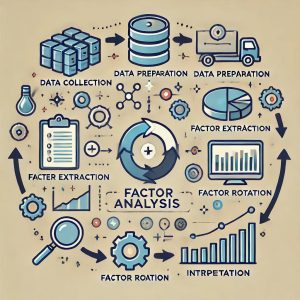
Unveiling Differences: T-Test Comparisons
The human quest to understand health and disease hinges on robust statistical analysis. Among the workhorses in this arena is the t-test, a family of statistical tests used to assess the existence of significant differences between means (averages) of data.







